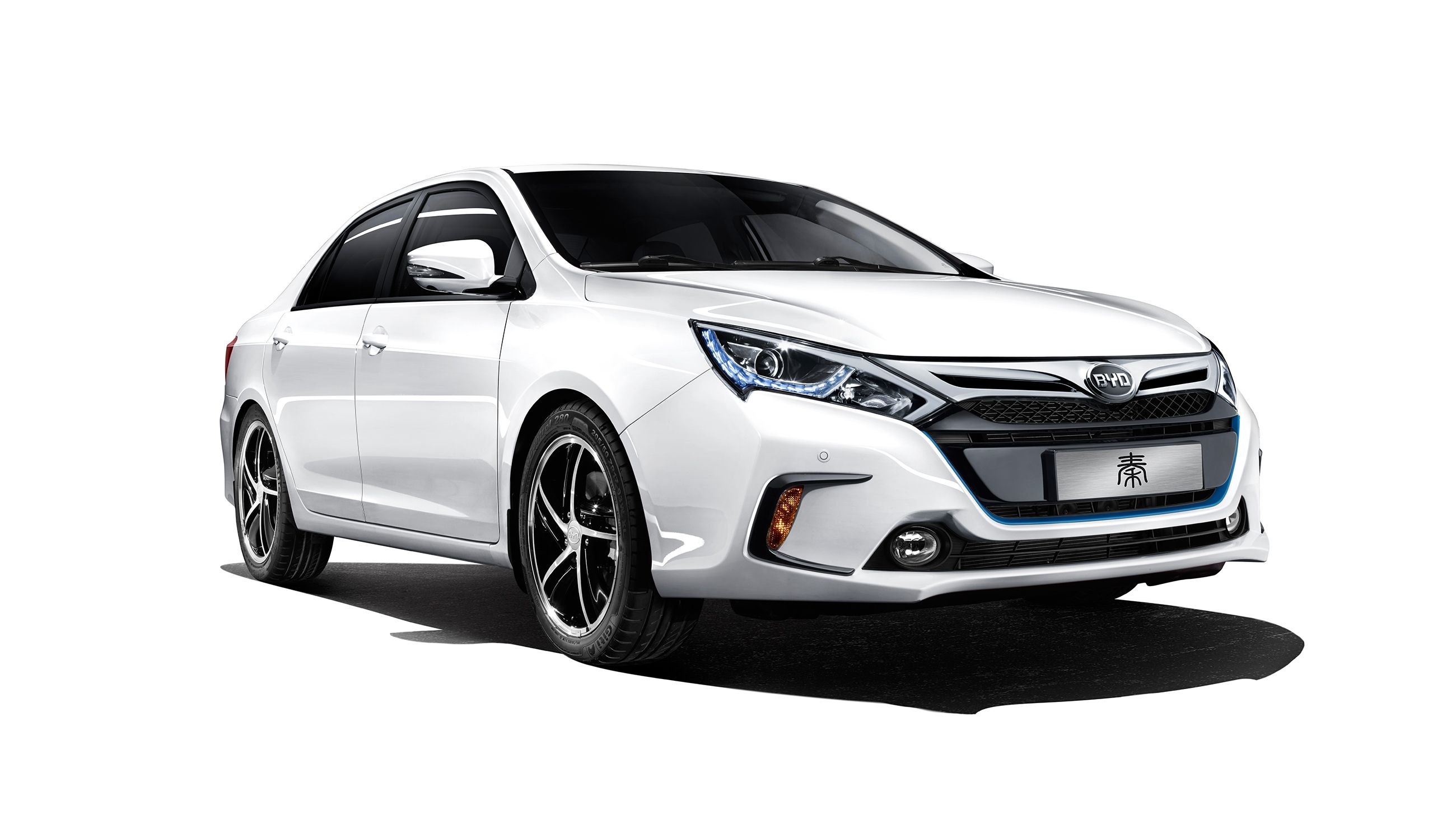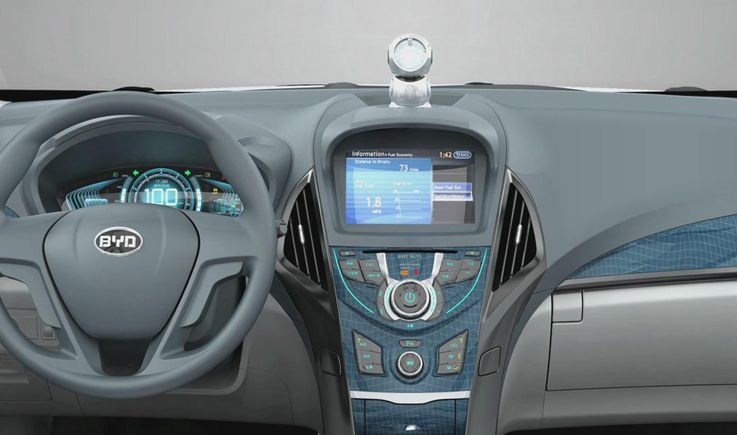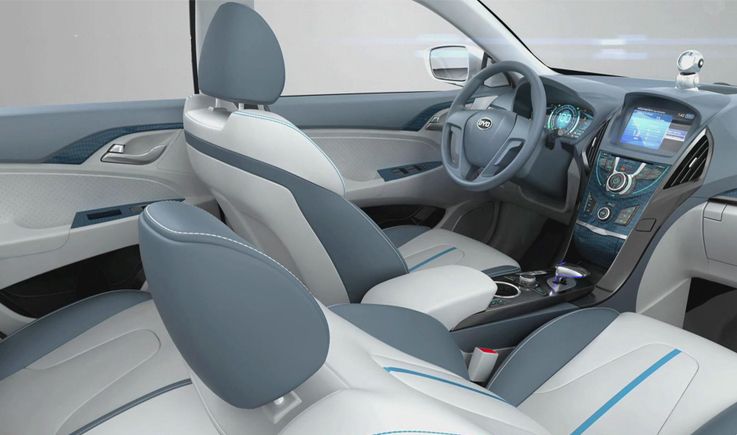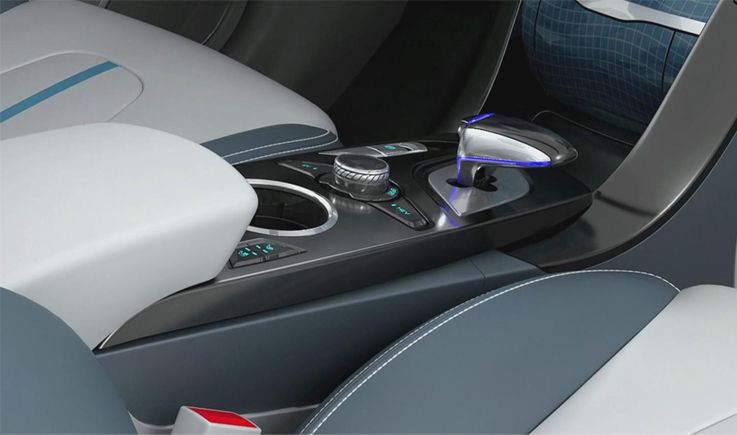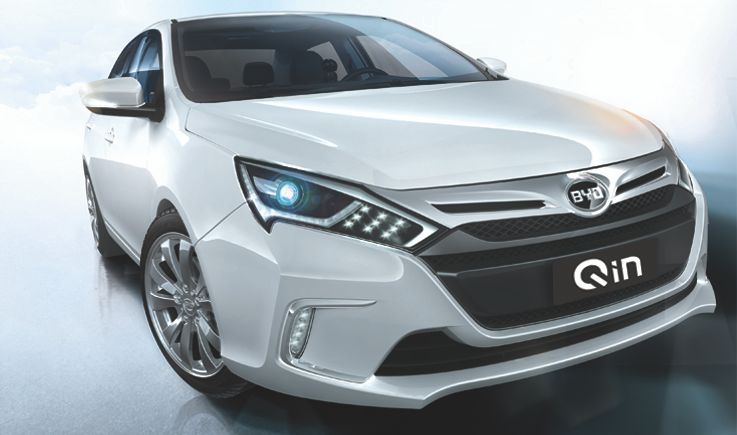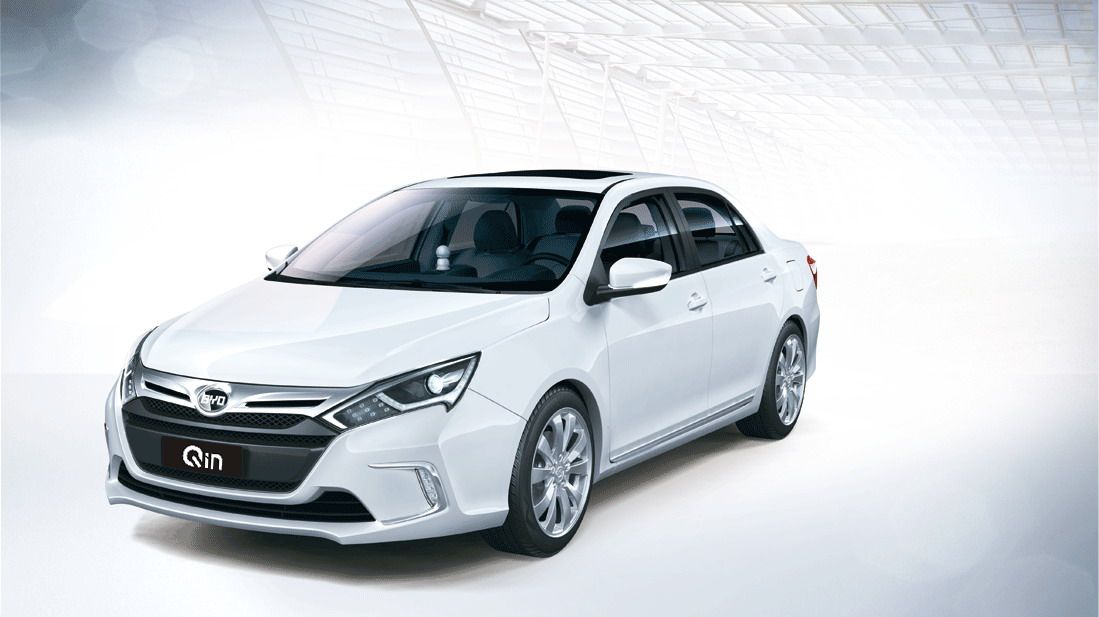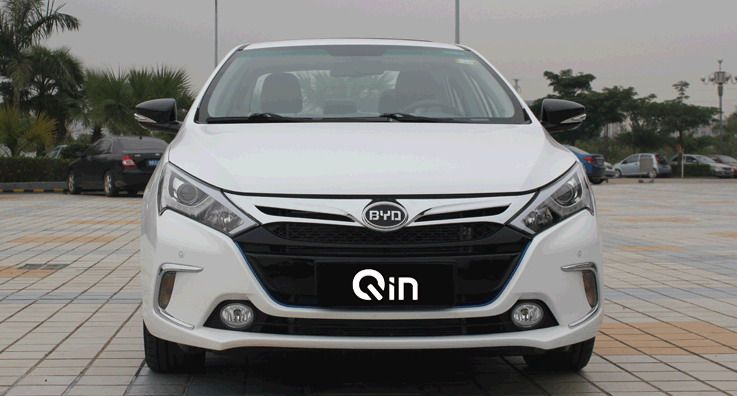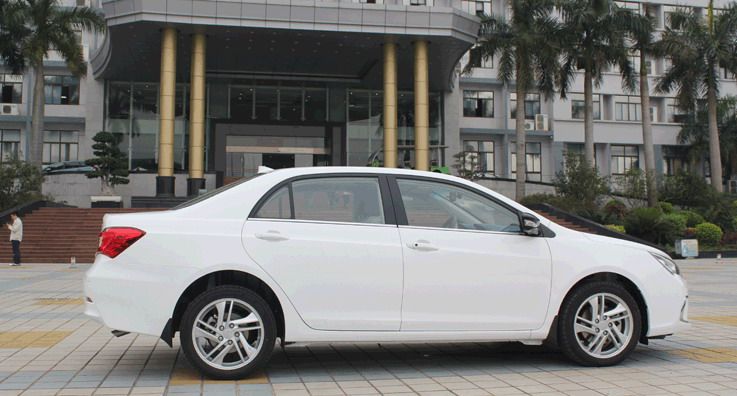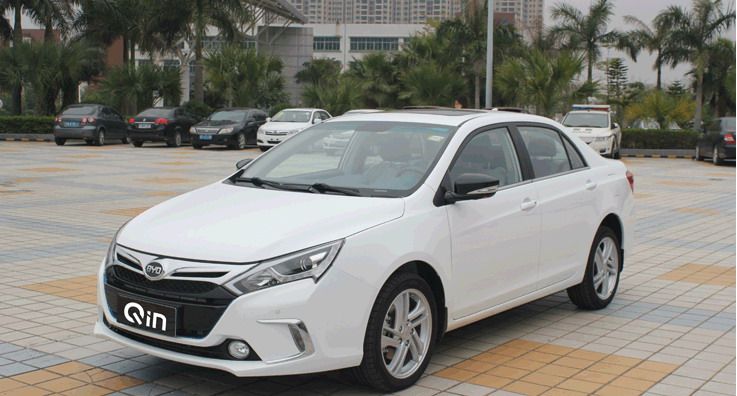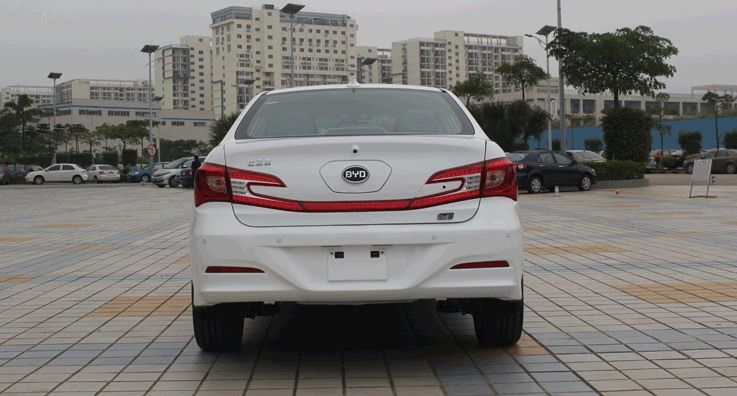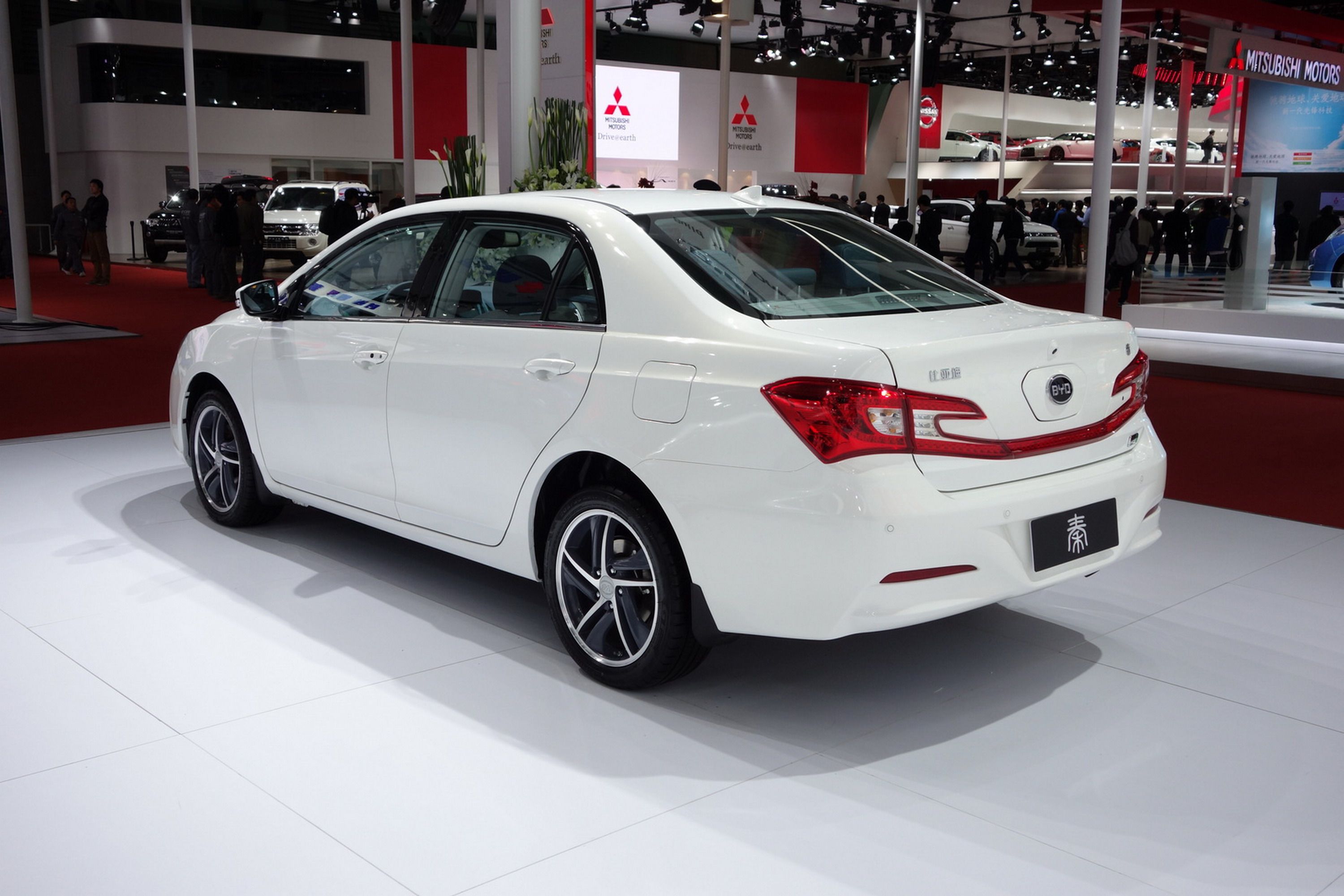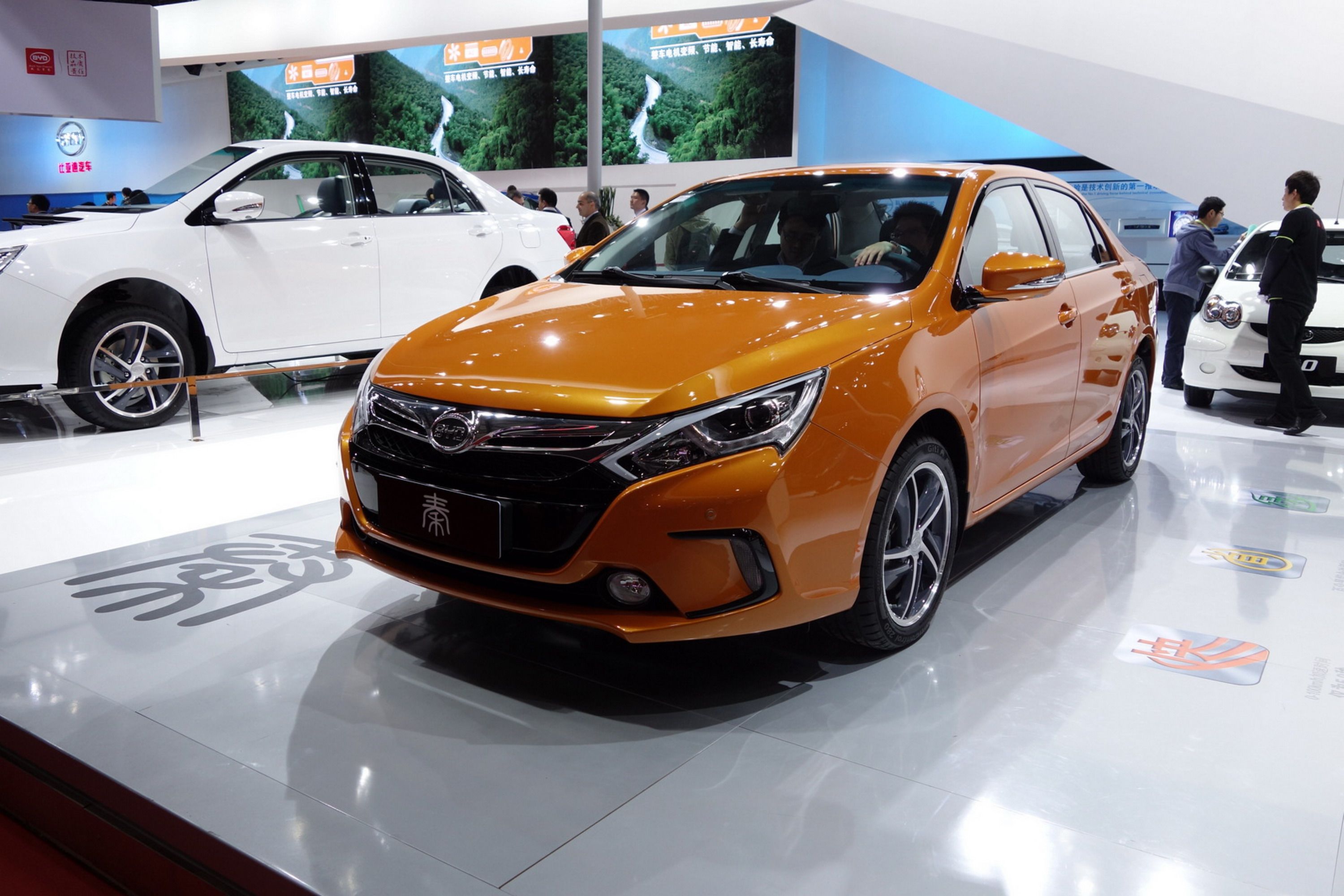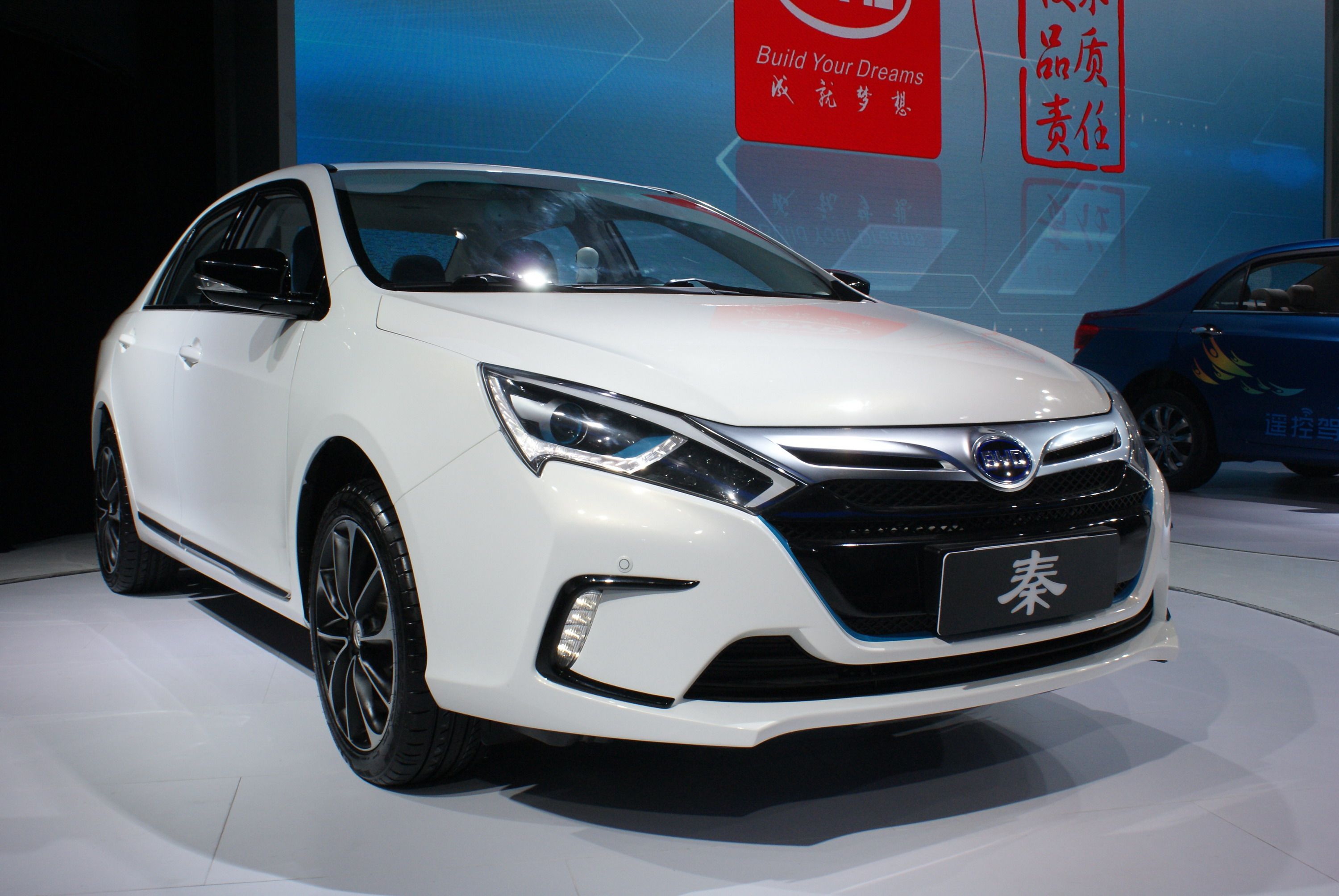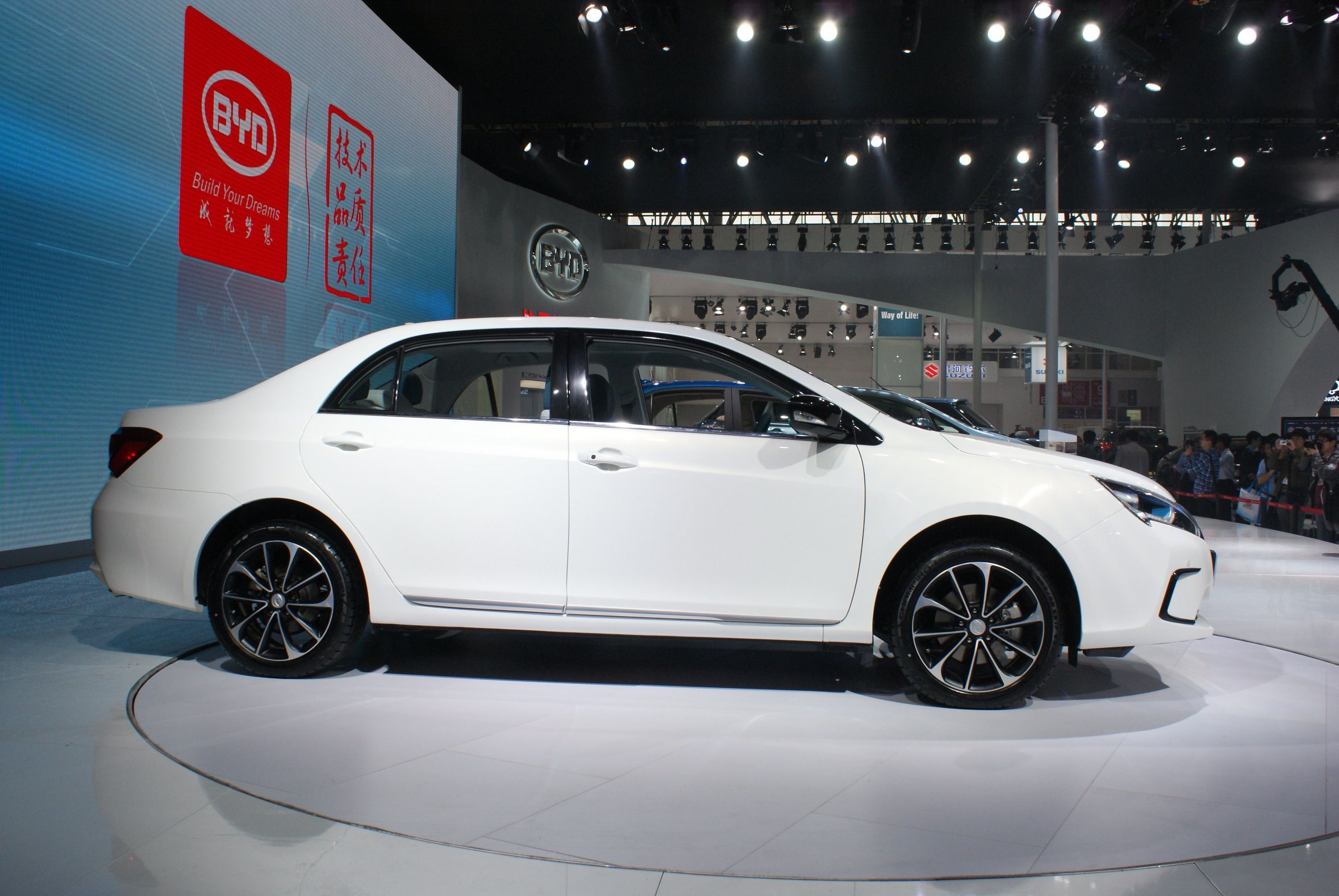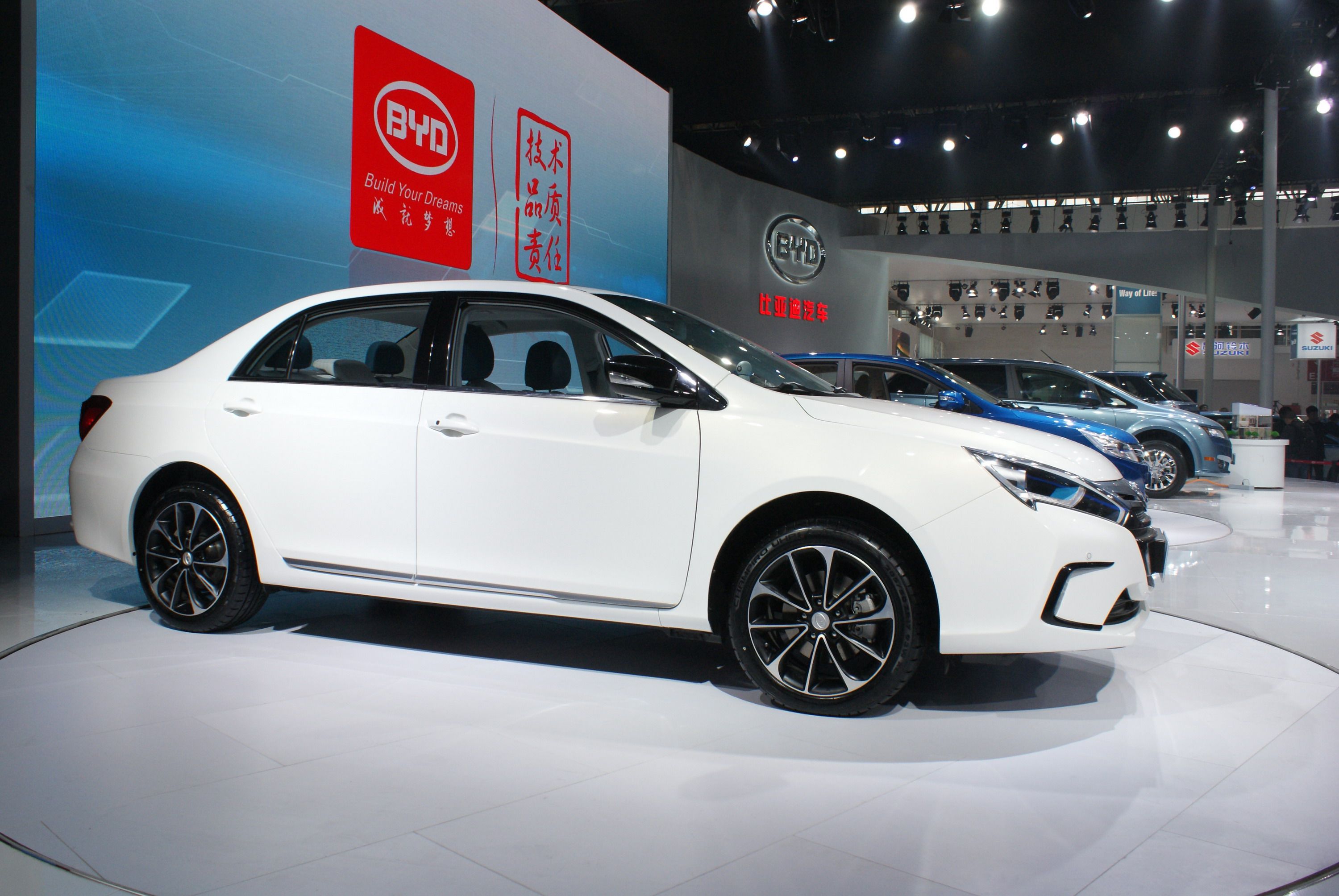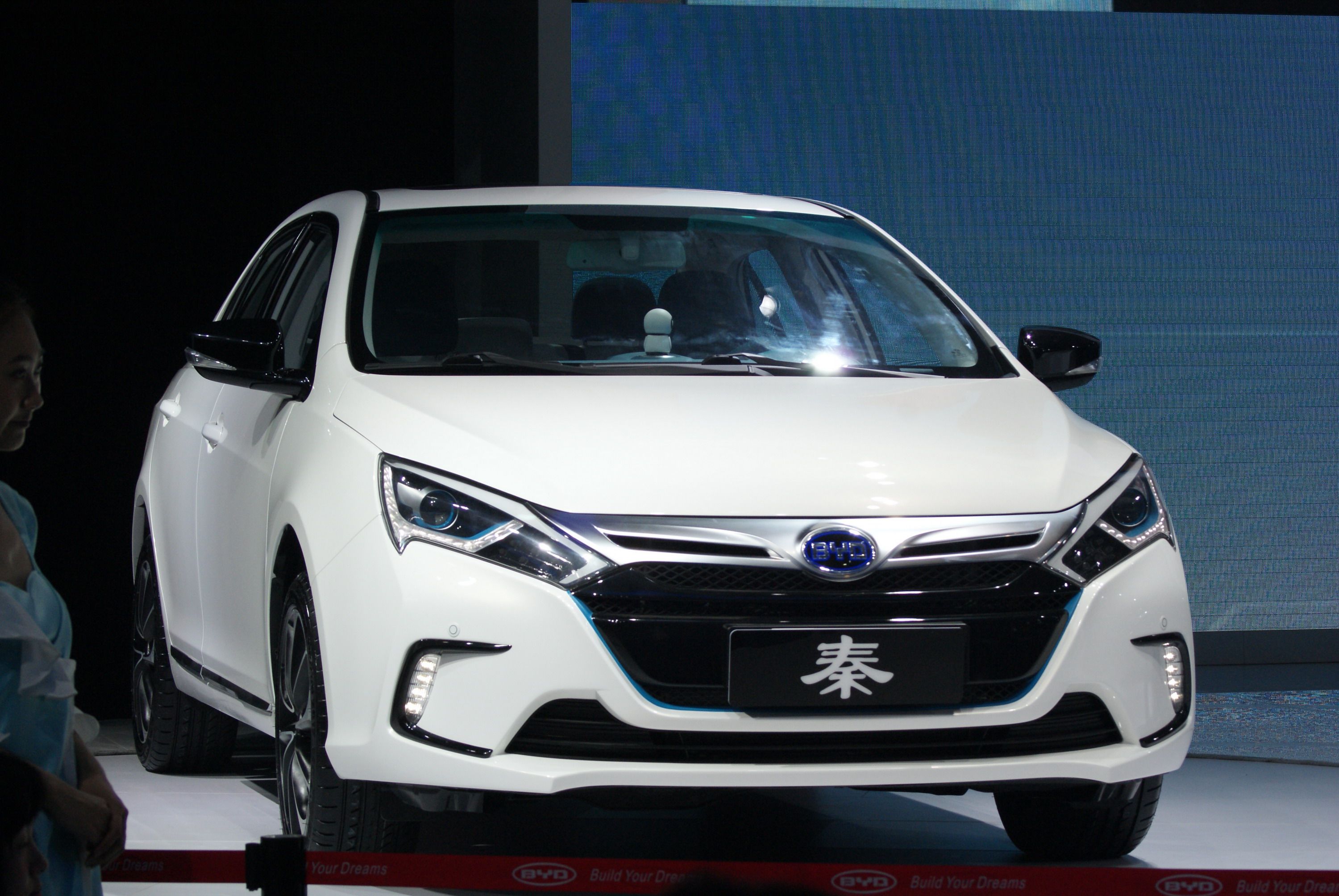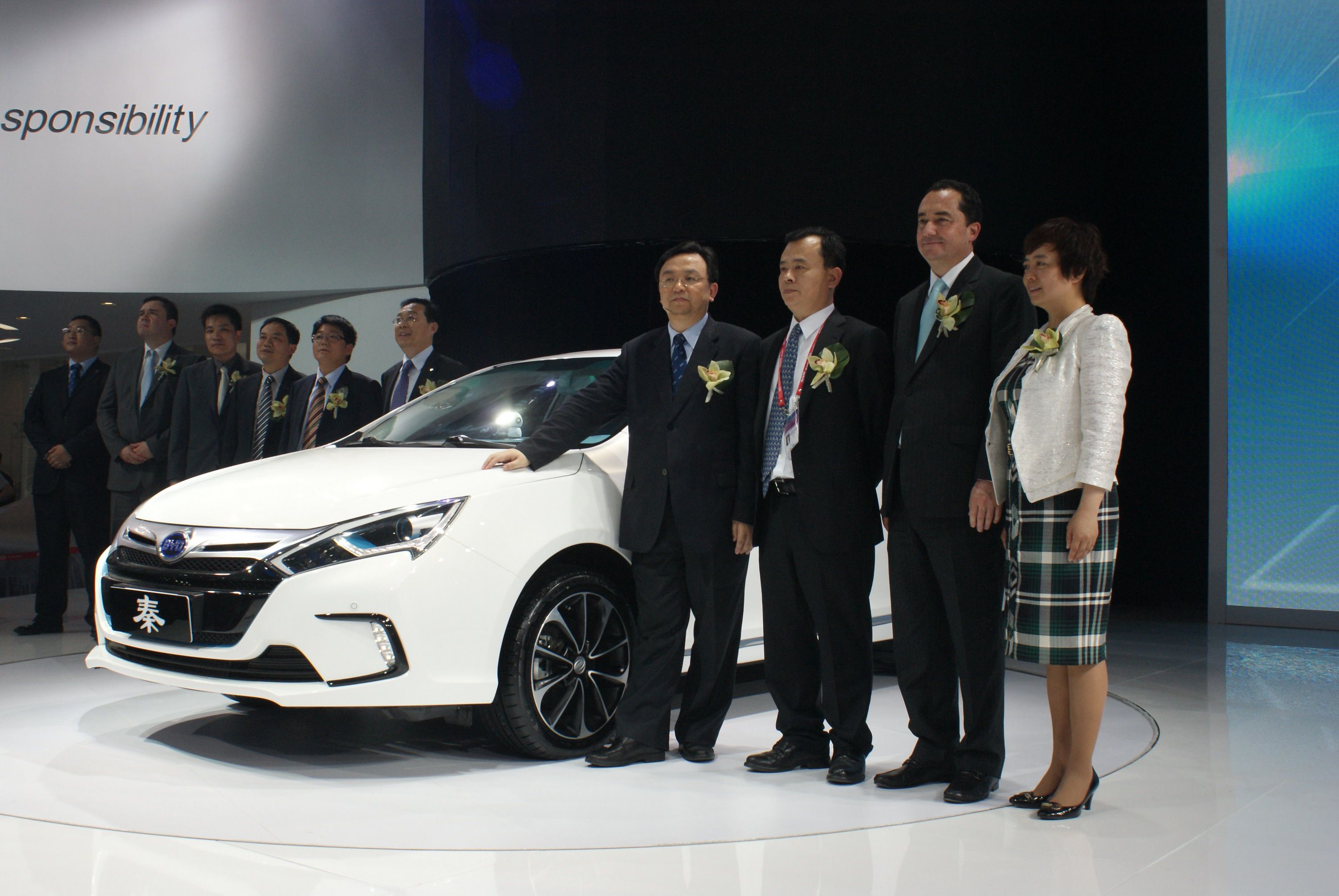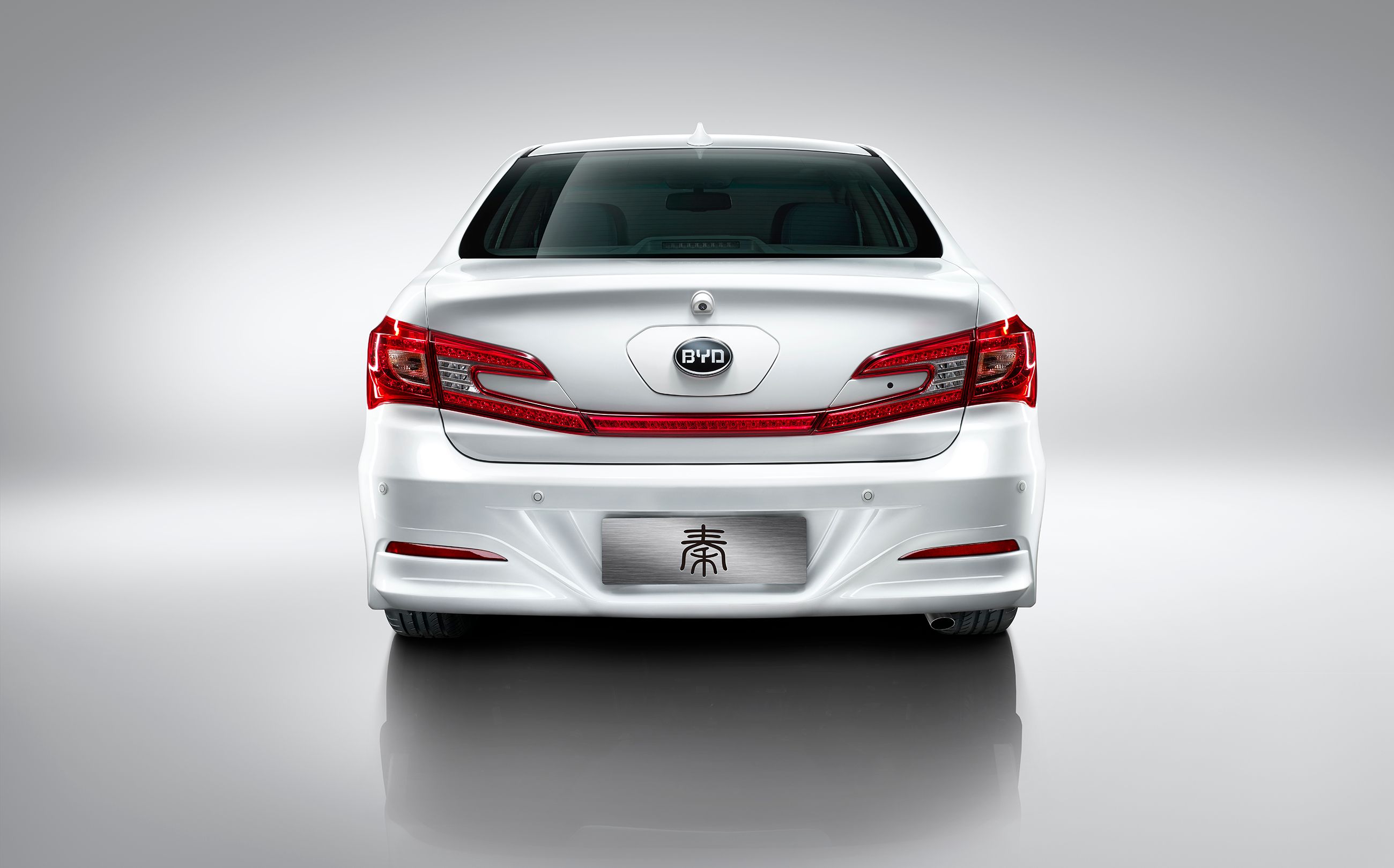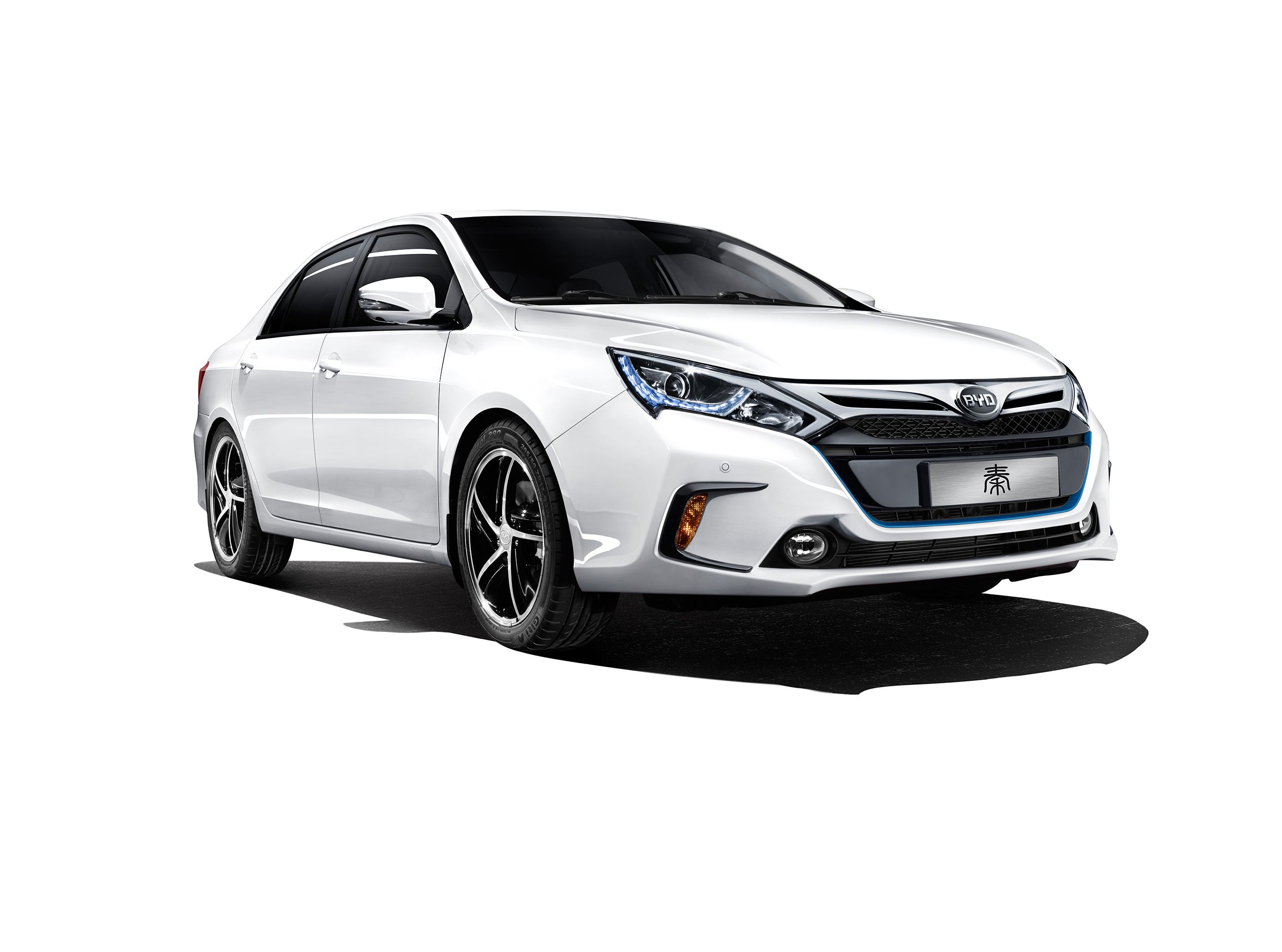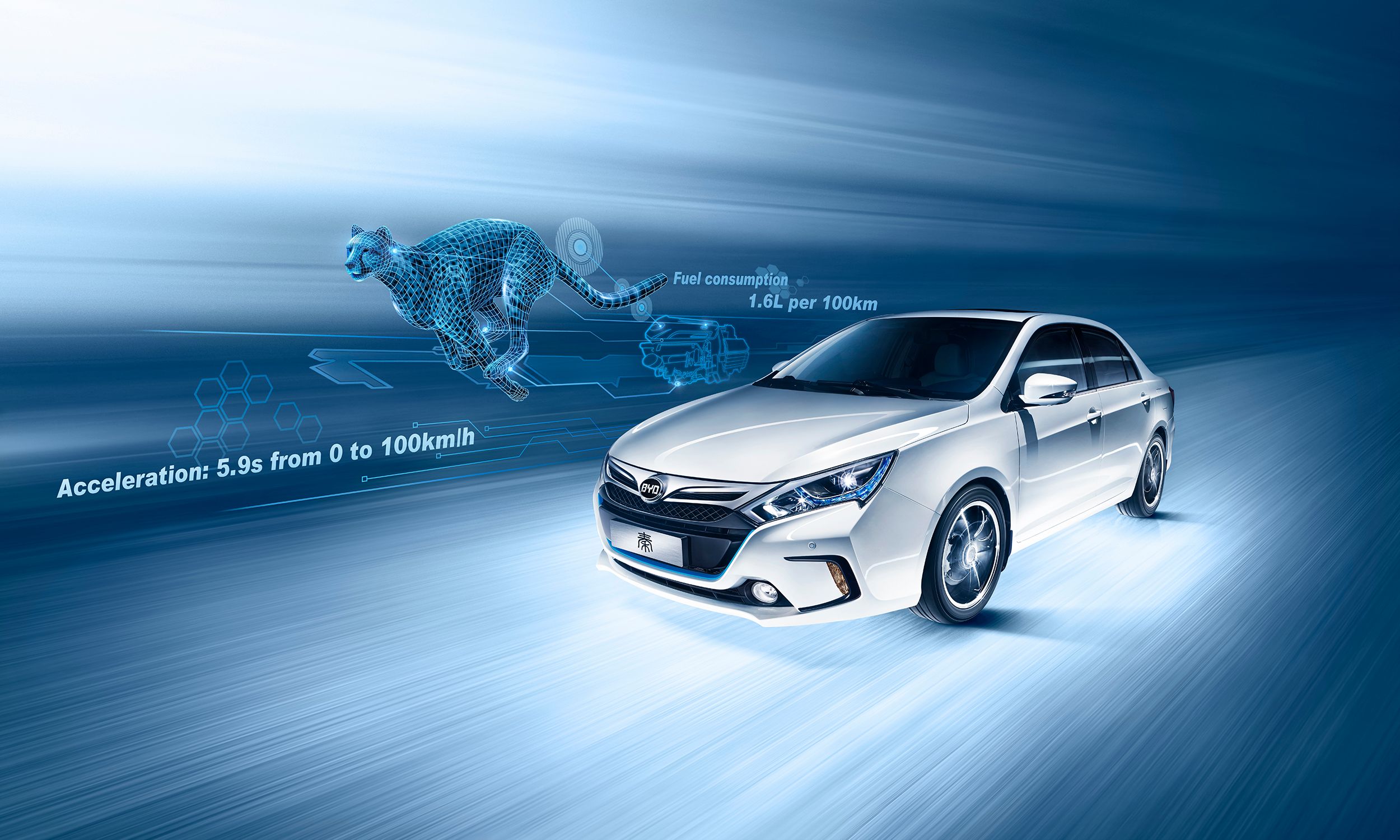The BYD Qin might not be a known vehicle in the U.S., but that soon may change. The Chinese automaker BYD is preparing to make its entrance into the American market . The Qin is the successor to the F3DM plug-in hybrid that launched in 2008. While sales were initially good for the F3DM, a slow-down prompted a replacement, so BYD decided to take its hybrid technology and stuff it into the Su Rui sedan, thus creating the Qin in 2013. Now the BYD Qin is aiming for car markets in Europe with availability happening sometime in the latter part of 2015 and an American entrance happening shortly after.
Previous Qin models have been a huge success for BYD in China. The company, which was founded in 2003, has rocketed to the top spot in plug-in hybrid sales in its home country. Now with an American headquarters already located in California, BYD is poised to invade.
However, this isn’t the first time BYD has promised a U.S. version of its cars. Back in 2010, BYD was set to bring its e6 hatchback->ke304 over, but the move was ultimately postponed. Now with a more solid product, the automaker is more ready than ever.
So what’s the Qin all about? Well first off, don’t get used to the name. BYD says the Qin nomenclature will likely be changed for European and American sales. What its name will be is still unknown. What we do know is the heavily revised 2015 Qin is a respectable plug-in hybrid vehicle with an obtainable price, decent range, and styling that isn’t half bad.
Click past the jump to read more about BYD Qin.
2015 BYD Qin
- Make: Array
- Model: 2015 BYD Qin
- Engine/Motor: inline-3
- Horsepower: 291
- Torque: 353
- [do not use] Vehicle Model: Array
Exterior
The BYD Qin’s styling is uniquely its own, but somehow looks reminiscent of a Toyota Camry. Detail-rich headlights flank a stylized front grille, while lower fog lights and vertically oriented turn signals complete the look. Side mirror-mounted turn signal indicators, chrome brightwork, and double-spoke, satin chrome wheels help bring interest to the Qin’s sides. Other wheel options bring diversity into the model's lineup like the back and machine-finished example seen in the pictures below.
Around back, the taillight assembly spans the entire rear section. Interesting cuts and angles in the design make the Qin instantly recognizable. A curvy lower bumper with reflectors helps bring more visual interest and safety to the table.
Otherwise, the BYD Qin looks like a generic four-door family sedan. That changes once the doors are opened and a glimpse of the interior is caught.
Exterior Dimensions
|
Length mm(in.) |
4740 (186.61) |
|
Width mm(in.) |
1770 (69.68) |
|
Height mm(in.) |
1480 (58.26) |
|
Wheelbase mm(in.) |
2670 (105.11) |
|
Track (F/R) mm(in.) |
1525/1520 (60.04/59.84) |
|
Curb weight kg(lb.) |
1720 (3791.97) |
Interior
The Qin’s interior is decidedly futuristic. It features a 12.1-inch TFT gauge cluster shows all the vehicle information, including speed, engine revs, and battery charge -- among other things -- all displayed in a creative manner. A separate screen sits atop the center stack and provides navigation, entertainment options, and fuel economy information. The center stack and control panel look something like what’s inside a late model Buick Verano, but it's different enough not to be a copy.
BYD has also developed a self-driving mode for the Qin. The car can be maneuvered remotely at very slow speeds from outside the vehicle, like say a parking lot for example.
Of course, all the modern conveniences are included, like a smart-key system, tire pressure monitoring, an electronic parking brake, child-seat mounting points, electronic stability control, and 12 airbags are all present.
Drivetrain
Under the Qin’s hood is where the real story lies. A 1.5-liter, four-cylinder engine works in conjunction with a hybrid battery system that gives owners the ability to drive 44 miles in full electric mode and average a combined fuel economy rating 177 MPGe. Those are pretty good numbers considering the car’s moderate cost.
The combined powertrain puts out a total of 291 horsepower, allowing the car to accelerate from zero to 62 mph in a respectable 5.9 seconds. Its top speed is limited to a pedestrian 115 mph. Four driving modes (EV+ECO, EV+SPORT, HEV+ECO and HEV+SPORT) allow owners to change the way their Qin drives.
BYD says the Qin is great for those customers who suffer range anxiety in fully electric vehicles as the gasoline engine extends the car’s range when the battery is depleted. Charging the battery can happen on the go via regenerative braking and engine power as well as at home via a standard home power outlet.
Drivetrain/Specifications
|
Engine type |
BYD 476ZQA(1.5Ti) |
|
Engine rated power |
151 HP @ 5200 RPM |
|
Engine max. torque |
240/1750-3500 |
|
Motor max. power kW/BHP |
110/148 |
|
Motor max. torque |
250 NM (184 LB-FT) |
|
Total power kW/BHP |
217/291 |
|
Total torque |
479 NM (353 LB-FT) |
|
Acceleration 0-100kmh (62 mph) |
5.9 seconds |
|
Fuel consumption under normal conditions |
L/100km 1.6, MPG 177 |
|
Top speed |
185 km/h (115 mph) |
|
Tank capacity |
50 liters (11 gallon) |
|
Range in EV mode |
70 km (44 miles) |
Prices
BYD has yet to announce U.S. or European pricing at this point, but will cost the equivalent of $30,205 in China at the current exchange rates. Extra options will bump the price to near $33,400. Both those prices are before any government subsidies, which in China, brings the price down into an even bigger market.
Competition
Chevrolet Volt
The Volt has been around the U.S. for a few years now and its sticker price continues to fall. Now for 2014, a new Volt can be had for $35,000 -- that’s before the federal rebates and incentives.
Like the BYD Qin, the Volt comes with battery packs supplemented by a range-extending gasoline engine. At full charge, the Volt will run 38 miles without a drop of gasoline. With the 84-horsepower, 1.4-liter four-cylinder engine running, the Volt achieves 35 mpg city and 40 mpg highway while its combined rating lands at 98 MPGe. Acceleration is downright slow compared to the Qin, coming in at 8.7 seconds to 60 mph.
Toyota Prius Plug-In
The Prius has long been the hybrid of choice for Americans and car buyers the world over. Its proven tech means folks feel more comfortable buying one, though its driving dynamics and styling are at the back of the pack. The Prius Plug-in is only capable of 11 miles of full-electric driving, but is rated higher overall for a combined mpg score. Its 50 mpg rating trumps that of the Volt’s, but its MPGe rating of 95 falls just short.
A 1.8-liter four-cylinder does the motivating when the battery packs are charging or greater power is needed. Making 98 horsepower, the engine is just enough to get the Prius moving, with a zero to 60 mph time of 10.9 seconds.
Pricing for the Prius Plug-in starts at $29,990 and rises upward with added options.
Conclusion
The Qin looks to be a solid plug-in hybrid for BYD to move global with. Its decent exterior looks, interior tech, and its 44-mile electric range help make it strong competitor with the Volt and Prius. Only time will tell whether the U.S. and European markets are ready for another foreign brand that isn’t from Japan or South Korea. Perhaps just like Hyundai and Kia, BYD and its rival Chinese company Geely->ke3815 will make names for themselves as quality and parts accessibility become non-issue items for non-Chinese buyers.


